 I???M sitting in a draughty pillbox above the Glenshee??ski station peering through a machine-gun slit at cars streaming down the A93??above the Devil???s Elbow. Like a British agent scanning the airwaves in a Bordeaux garret for snippets of enemy intelligence, I???ve been sifting the internet for the fragmented history of the Cowie Line ??? a random series of pillboxes, anti-tank ditches, tank traps and other assorted obstacles that was built to frustrate a Nazi invasion on the east coast of Scotland and slow its progress towards the industrial heartlands of the Forth and the Clyde.
I???M sitting in a draughty pillbox above the Glenshee??ski station peering through a machine-gun slit at cars streaming down the A93??above the Devil???s Elbow. Like a British agent scanning the airwaves in a Bordeaux garret for snippets of enemy intelligence, I???ve been sifting the internet for the fragmented history of the Cowie Line ??? a random series of pillboxes, anti-tank ditches, tank traps and other assorted obstacles that was built to frustrate a Nazi invasion on the east coast of Scotland and slow its progress towards the industrial heartlands of the Forth and the Clyde.
If you???ve read parts one and two of this account, you???ll know what I???m talking about: the Second World War tank trap and pillbox??at the Devil???s Elbow. If you haven???t, that???s fine because you???ve missed a wodge of random thoughts and speculation that was not directly on target. Almost ??? but not quite.
The Cowie Line, like the other ???stop lines??? that criss-cross Britain, was hastily constructed in 1940 to bog down a Nazi invasion and allow our battered army time to get its act together. It stretches from Stonehaven??on the coast, westwards through Bridge of Dye to the Devil???s Elbow in Glenshee, and westwards again. According to one internet account, it wasn???t so much a fortified line ??? as some of the English stop lines were ??? it was more of a series of roadblocks, the mountains doing the remainder of the work. It crosses my mind, though, that there are other sections of tank trap and secluded pillboxes out there in the mountains ??? and sooner or later I shall be compelled through curiosity to seek them out. I know an obsession when I feel one germinating.
Apparently, a study written by GJ Barclay and published in the Proceedings of the Society of Antiquaries of Scotland can be obtained HERE for about ??11. Because my interest hasn???t reached obsession stage as yet, I???ll hold back for now, but the abstract makes fascinating reading:
The Cowie stop line, running west from the town of Stonehaven, the county town of the historical county of Kincardineshire, some 19km south of Aberdeen, has been recognized for some time as a well-preserved example of a Second World War anti-tank obstacle, but has not hitherto been described in detail. Its purpose was to stop any German force landing in the north-east penetrating into Angus and further south. To work effectively the line was extended to the west, by defences at the Bridge of Dye (on the Strachan-Fettercairn??road) and the Devil’s Elbow (on the Braemar-Blairgowrie??road) and planned demolitions on the Inverness-Perth road and railway. It originally comprised a dozen pillboxes,’ over 5km of anti-tank barrier, eight small and one large groups of anti-tank cubes2 and other defensive features. This paper outlines the strategic background, how the Cowie Line fitted into it, how the Line was constructed, and how its intended function changed over time. The results of the first complete survey of the surviving remains are also presented.
While scanning the internet I also stumbled across one of those forum things where people with a mutual obsession rattle away on their keyboards into the early hours ??? clad in anoraks??and bobble hats ??? swapping notes on obscure wartime installations. I suspect they also wear camouflaged underpants and eat Woolton??pie. For some reason they never use their real names, preferring instead titles such as Captain Brittles and The Fox. Mind you, here???s me sitting in a Second World War pillbox halfway up a Scottish mountain wearing an anorak and what could be mistaken by a short-sighted granny for a bobble hat. Pot kettle, kettle pot? At least I???ve left the camouflaged boxers at home.
By the way, I thought I???d just mention I???ve climbed the Cairnwell, Carn a Gheoidh??and Carn Aosda today, but my heart wasn???t in it ??? neither were my knees. But I had a tasty beef sandwich and cup of tea in the ski centre cafe ??? where the staff are charming.
 If, like me, you seek the solitude of the high Munros, then the Cairnwell, Carn a Gheoidh??and Carn Aosda are to be avoided ??? except, possibly, on a very wet and windy night in the middle of January. They would have been quieter in wartime with a panzer division growling over them.
If, like me, you seek the solitude of the high Munros, then the Cairnwell, Carn a Gheoidh??and Carn Aosda are to be avoided ??? except, possibly, on a very wet and windy night in the middle of January. They would have been quieter in wartime with a panzer division growling over them.
So I???m signing off from my pillbox. That???s my watch over. Time for cocoa and a Passing Cloud. If you want to read an interesting and free newspaper story about the Cowie Line, try the Daily Record here. And for a good Woolton pie recipe, I can recommend this one. (Vegetable extract: Marmite).

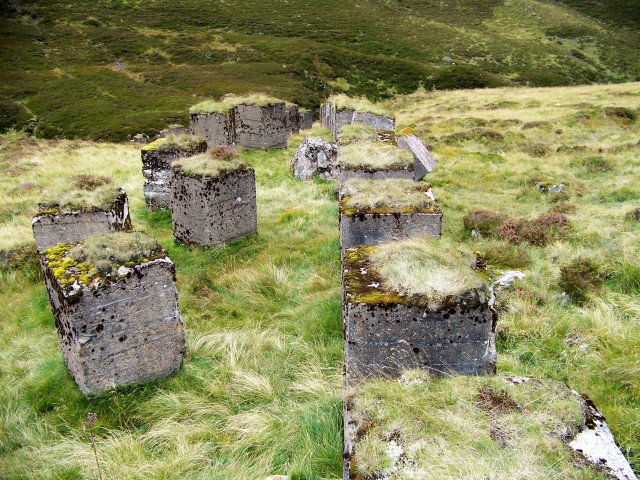
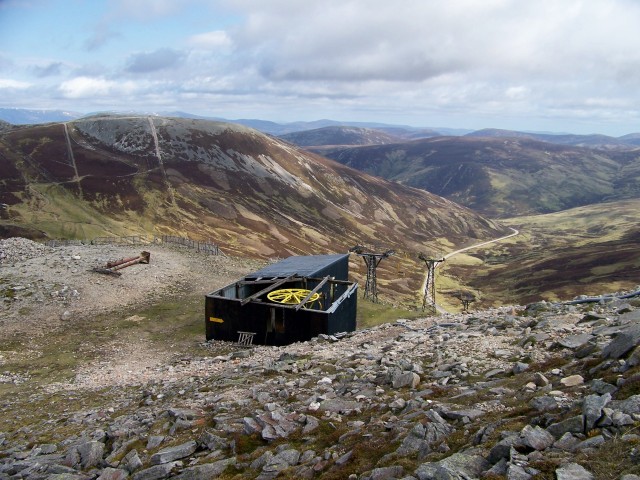











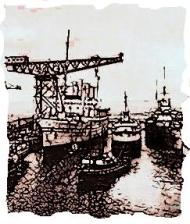
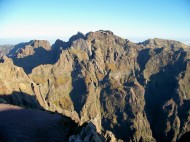
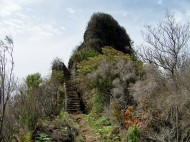
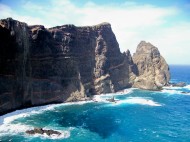




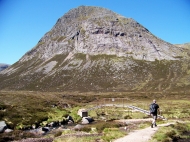


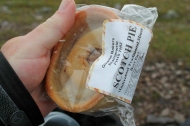
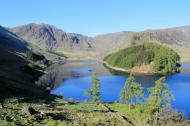


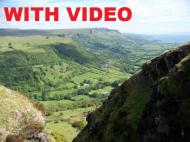
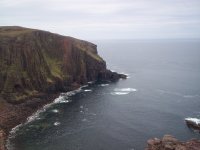
The Cowie Line article can be downloaded for free from here: http://archaeologydataservice.ac.uk/archives/view/psas/contents.cfm?vol=135&CFID=15194&CFTOKEN=EC01FE2A-FF56-4AC9-856A9006B76ECD08
Hi Gordon. Thank you ever so much for that. It’s very kind of you. I shall download it now and read it tonight.
Cheers, Alen